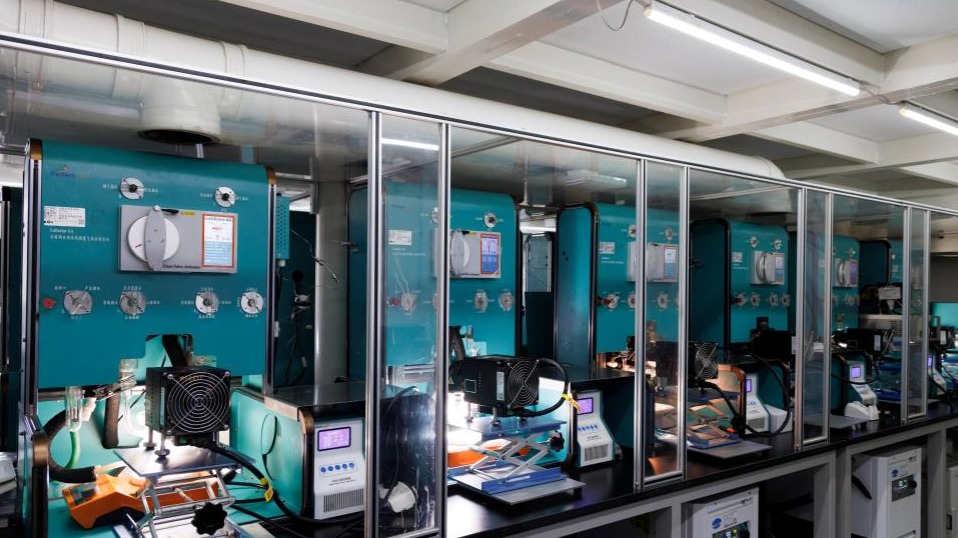Turning Water into Fuel: Advancements in Hydrogen Production Technology
Key Ideas
- Chinese researchers at Shenyang National Laboratory for Materials Science achieved a breakthrough in photocatalytic water splitting for hydrogen production.
- By reshaping semiconductor materials, the efficiency of converting water into clean hydrogen using sunlight was significantly enhanced.
- This advancement could revolutionize solar-driven hydrogen production methods, potentially reducing complexity and cost in the process.
In Shenyang, China, at the Shenyang National Laboratory for Materials Science, Chinese researchers have made significant strides in the field of hydrogen production. Through a process of 'photocatalytic water splitting for hydrogen production', they have managed to increase the efficiency of converting water into clean hydrogen energy using sunlight. This achievement involved structural reshaping and element substitution of semiconductor materials, ultimately leading to a more effective conversion process. The research was led by Liu Gang, the director of the Institute of Metal Research of the Chinese Academy of Sciences. Currently, the two primary methods for solar-driven hydrogen production involve either using solar panels to generate electricity for water electrolysis, which can be complex and costly, or employing semiconductor materials as catalysts to directly split water molecules under sunlight. This breakthrough represents a potential shift in the hydrogen production landscape by offering a more efficient and cost-effective method. The advancements made in Shenyang hold promise for a future where water could indeed become the fuel of the future, as predicted by Jules Verne over a century ago.
